 Today's date ends with the cosmic number one. Cosmic because it was the day appointed for Joseph Smith to be yanked out of thinking that his first vision was a personal experience intended only for his personal salvation and inform the seventeen year old that "God had a work for me to do".
Today's date ends with the cosmic number one. Cosmic because it was the day appointed for Joseph Smith to be yanked out of thinking that his first vision was a personal experience intended only for his personal salvation and inform the seventeen year old that "God had a work for me to do".We all have a mission in life. Mine is bad blogging. What else could a writer of fiction be than a bad blogger? I spend hours figuring out new and creative ways to muffle my voice and disappear from the pages. If I'm fortunate enough to succeed my voice falls entirely silent and my characters do all the talking. Blogging is the anti-fiction. There is no invisible third party beguiling the reader into believing they are communicating directly with a fictional character. The blog is the nightly news equivalent dangerously left to the unable hands of amateurs and for this broadcast I happen to be your anchor speaking right at you without the protecting filter of a fictional character. If you're feeling my intrusion, I beg your pardon, but today is September 21st and there is some good news to share.
Despite my recurring mention of the dates that end with the number one, I'm not fixated on calendars, though this month does sport one of the really important dates in all of recorded history. Sometime tonight, one hundred eighty four years ago, a seventeen-year-old Joseph Smith was concerned about his standing before God and when he prayed for assurance that his sins were forgiven an angel named Moroni not only assured him that his plea had been heard, he set the boy's feet on a path that would lead four years later to the unearthing and translation of an ancient record of scripture.
I am just this morning placing the finishing touches on historical notes that will be appended to a novel titled Day of Remembrance. I'm going to suggest to the publisher that it be released next year in September. Good luck with that. It will likely be a hard sell. Publishers prefer to get things out as soon as possible no matter how non-cosmic the date. Last Thursday, September 13th 2007, Jews celebrated Rosh Hashanah (The Jewish New Year). It's a solemn day devoted to remembering covenants made with God. The feast celebrated on that day is called the Feast of Trumpets. The horn playing is intended to awaken Israel to a remembrance of their covenants. It was the day Moses returned down the slopes of Sinai to the playing of shofar horns (a trumpet made from the hollowed horn of a ram and a common instrument in the homes of ancient Israelites) with the covenant written on stone tablets. About 1200 years later in Lehi's time the day was known as Ha Zikron (The Day of Remembrance).
This Jewish holy day falls on the first day of the month of Tishri on the Hebrew calendar,but doesn't always occur on the same day on our western Julian calendar. Next year the Day of Remembrance will be celebrated on September 30th, 2008. When the angel Moroni directed Joseph Smith to the hill three miles south of his home to get his first glimpse of the ancient gold plated record buried in a stone box it was Monday, September 22nd 1823 and the Day of Remembrance had already been celebrated seventeen days earlier on September 6th. On Joseph Smith's second visit to the hill one year later the Day of Remembrance was celebrate the day before. On Joseph's third visit in 1825 the Day of Remembrance was celebrated nine days earlier on September 13th as it was this year, and in 1826 the Hebrew celebration took place ten days after Joseph's yearly visit to the hill on October 2nd. It wasn't until the Jewish Sabbath, Saturday September 22nd 1827 did the celebration of the Day of Remembrance coincide with Moroni's declaration that the time had arrived for Joseph Smith to receive the ancient record. Not unlike Moses, Joseph Smith returned down the hill south of his home in Palmyra New York bearing a record he called a New Covenant and he did it on the same day Jews celebrate the remembrance of ancient covenants.
In honor of a four-year run of events which began one hundred eighty four years ago tonight with a sincere prayer offered by a seventeen year old boy in the attic bedroom of the Smith family cabin and culminated with the coming forth of the Book of Mormon, I share this historical note:
The Feast of Trumpets marks Israel’s final harvest period in the fall of the year. It is the first feast in a series of three of the holiest feast days in Judaism which are also referred to as a trio of feasts of ingathering beginning with the Feast of Trumpets followed ten days later by the Day of Atonement and ending with the Feast of Tabernacles. Bruce R. McConkie indicates that these High Holy days occur during the final harvest period to metaphorically symbolize Christ’s final harvest of souls (McConkie, Promised Messiah, 432-37). These interrelated feasts include the symbolism of the Feast of Trumpets as a time when God remembers His covenants with Israel and is likely the reason the feast day was originally known as the Day of Remembrance (ha-Zikron) before it became better known as a Jewish New Year (Rosh ha-shanah). The term Zikron means memorial or remembrance and according to Hebrew scholars the blowing of trumpets on the Day of Remembrance is in keeping with the definition of Zikhron “as a sound that will arouse God’s remembrance (or judgment) of his people” (Bloch, Jewish Customs and Ceremonies). Numerous Jewish scholars explain the purpose of the trumpet sound on the Feast of Trumpets as the signal of Israel’s redemption from world-wide exile. The Old Testament indicates that “And it came to pass in the day [the time of regathering] that the great trumpet shall be blown, and they shall come which were ready to perish in the land of Assyria, and the outcasts in the land of Egypt (Sherman and Zlotowizt, Rosh Hashanah, 58, 61-62, 112-13, 117-18; Artz, Justice and Mercy, 55, 94, 154; Block, JewishHoly Days, 21; Snaith, The Jewish New Year Festival, 162; Leo Trepp, The Complete Book of Jewish Observance, New York: Behrman House and Summit Books, 1980, 95).
The prophet Zechariah writes that “The Lord God shall blow the trumpet,” and that Ephraim will help raise up God’s covenant people, and that those of Israel’s blood would return to be part of the God’s flock (Zechariah 9:13-16). After the Israelites returned from Babylonian bondage the prophet Ezra gathered them together and read the law to them on the Feast of Trumpets (Nehemiah 8:1-2) and they rejoiced when the truth was restored to them. LDS scholar Lynette Reed indicates that this ancient restoration of the law after exile in Babylon which took place on the Day of Remembrance may have its latter-day counterpart in the coming forth of the Book of Mormon. Among the ancient readings still used during the celebration of the Rosh ha-Shanah is the restoration of Ephraim. The prophecies of the prophet Jeremiah are among the important readings on this feast day where he calls Ephraim a darling son and that God will “remember Ephraim” (zakhor ezkerenu).
The name most often used for the day on which the Feast of Trumpets is celebrated today is Rosh ha-Shanah which means New Year. But that was not its original name and the significance of the day is really a new beginning rather than the start of a new calendar year. On this day the Lord is said to move from His seat of judgment to His mercy seat by mercifully providing a new beginning through gathering Israel out of exile, remembering His covenants with their fathers, and restoring them as His covenant people. This new beginning was to be initiated by the sounding of the trumpet.
The sounding of the trumpet appears not only as a remembrance of the revelation given at Sinai, but also as an indication of future events. Just as the trumpet preceded God’s revelation of the law at Sinai (Exodus 19:16) some scholars believe the trumpet sounding during Rosh Hashanah signals further revelation, including the establishment of the true law (Goodman, The Rosh Hashanah Anthology, 42). Old Testament, Book of Mormon, and Doctrine and Covenants scriptures speak of the trumpet preceding the establishment of truth that leads to redemption (Isaiah 58:1, Alma 29:1, D&C 33:2). “And at all times, and in all places, he shall open his mouth and declare my gospel as with the voice of a trump” (D&C 24:12). The statue of the angel Moroni atop Mormon temples is portrayed as blowing a trumpet, proclaiming the gospel to the world, and particularly to the house of Israel. A review of LDS history and scripture indicate that most of the restored truths in the gospel of Jesus Christ began with the coming forth of the Book of Mormon.
The return covenant-blessings from God which follow Israel’s remembrance of their covenants with God are repeated in prayers offered on the Day of Remembrance and are similar to the words written by the prophet Moroni in the title page of the Book of Mormon where he stated that one of the two main purposes of the book was, “to show unto the remnants of the House of Israel what great things the Lord hath done for their fathers; and that they may know the covenants of the Lord, that they are not cast off forever”. As part of the prayers offered on Rosh ha-Shanah Jews today still read the Old Testament passage, “I will for their sakes remember the covenant of their ancestors, whom I brought forth out of the land of Egypt” (Leviticus 26:45).
Hebrew religious scholars (Arzt, Justice and Mercy, 146-48) indicate that Jeremiah’s prophecy regarding the remembrance (or restoration) of Ephraim has special significance to the Day of Remembrance, but are uncertain what that significance may be. LDS scholar Lynette Reed suggests that the part the Book of Mormon plays in restoring knowledge of significant religious covenants to descendants of Ephraim is the connection between remembrance (or restoration) and the Day of Remembrance.
Happy 21st of September everyone!

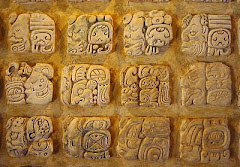




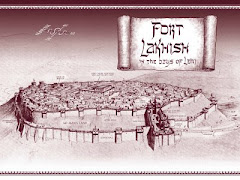



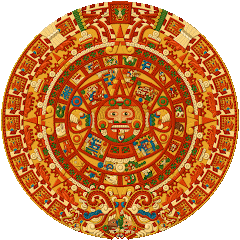

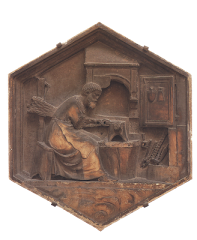

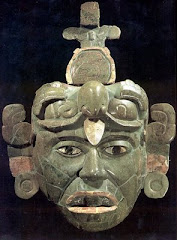



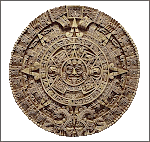

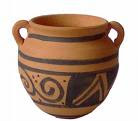
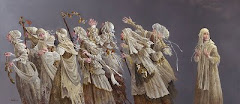




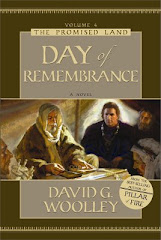



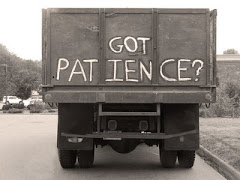
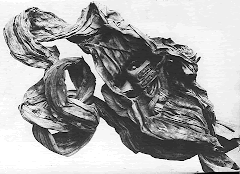
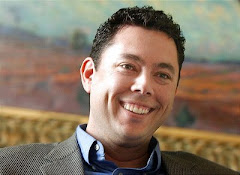

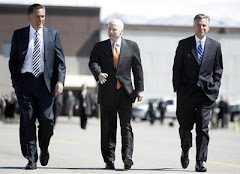

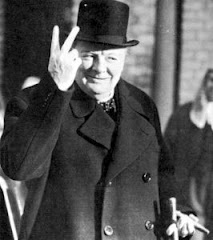
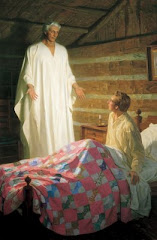


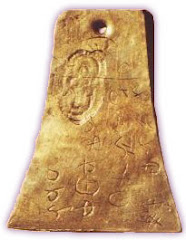


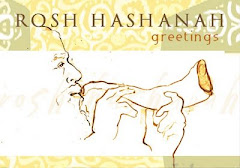

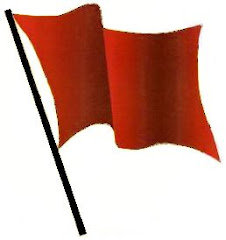
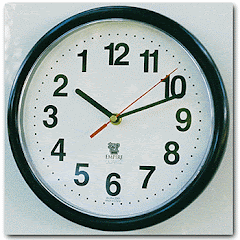


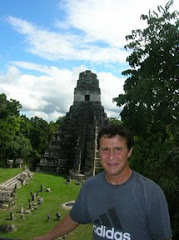


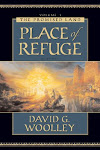
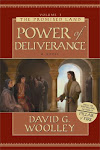

1 comment:
Great information. I will link yours to mine. My wife just noted that no one has visited mine - so I am going to drive some traffic my way....
Post a Comment